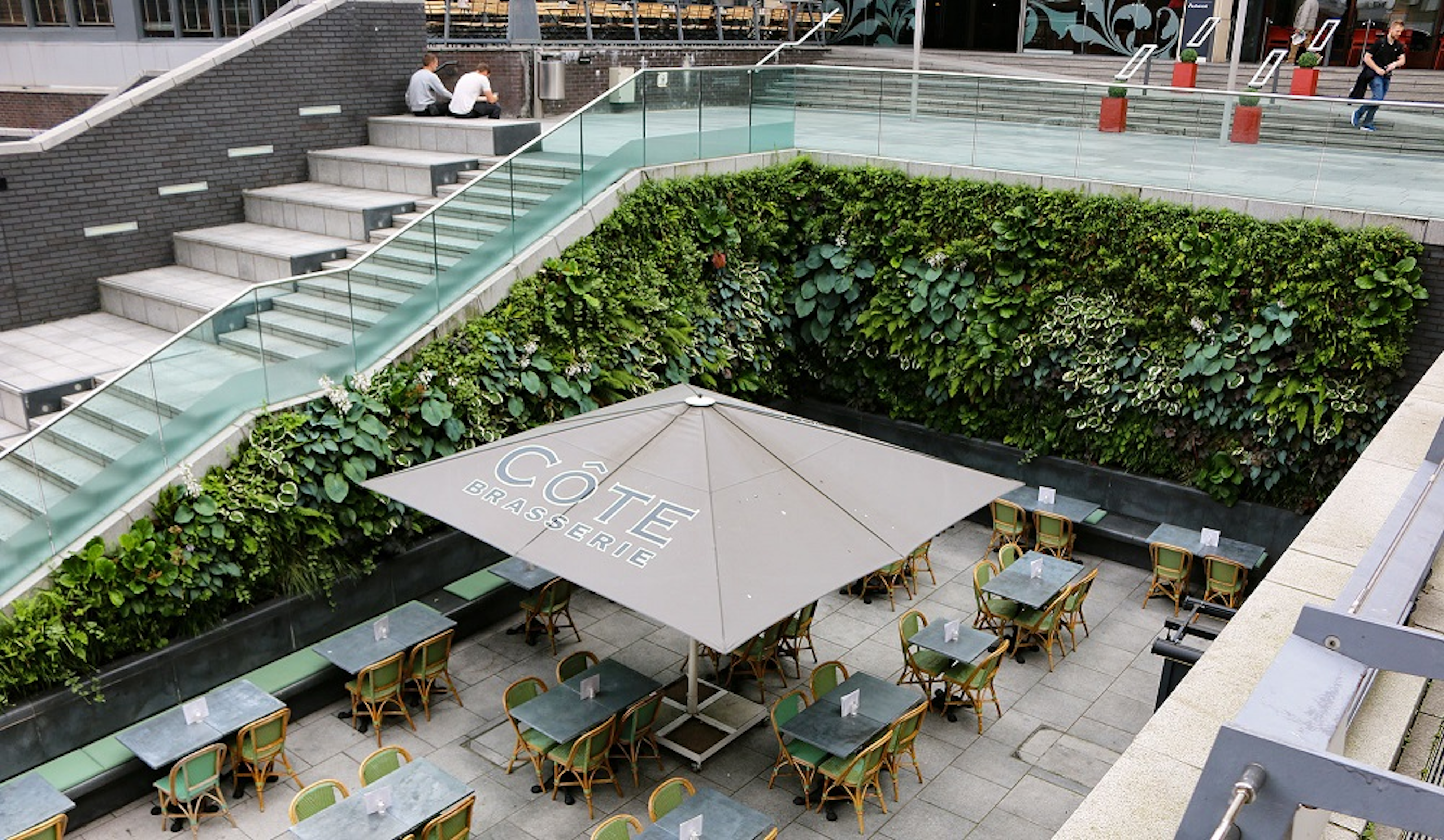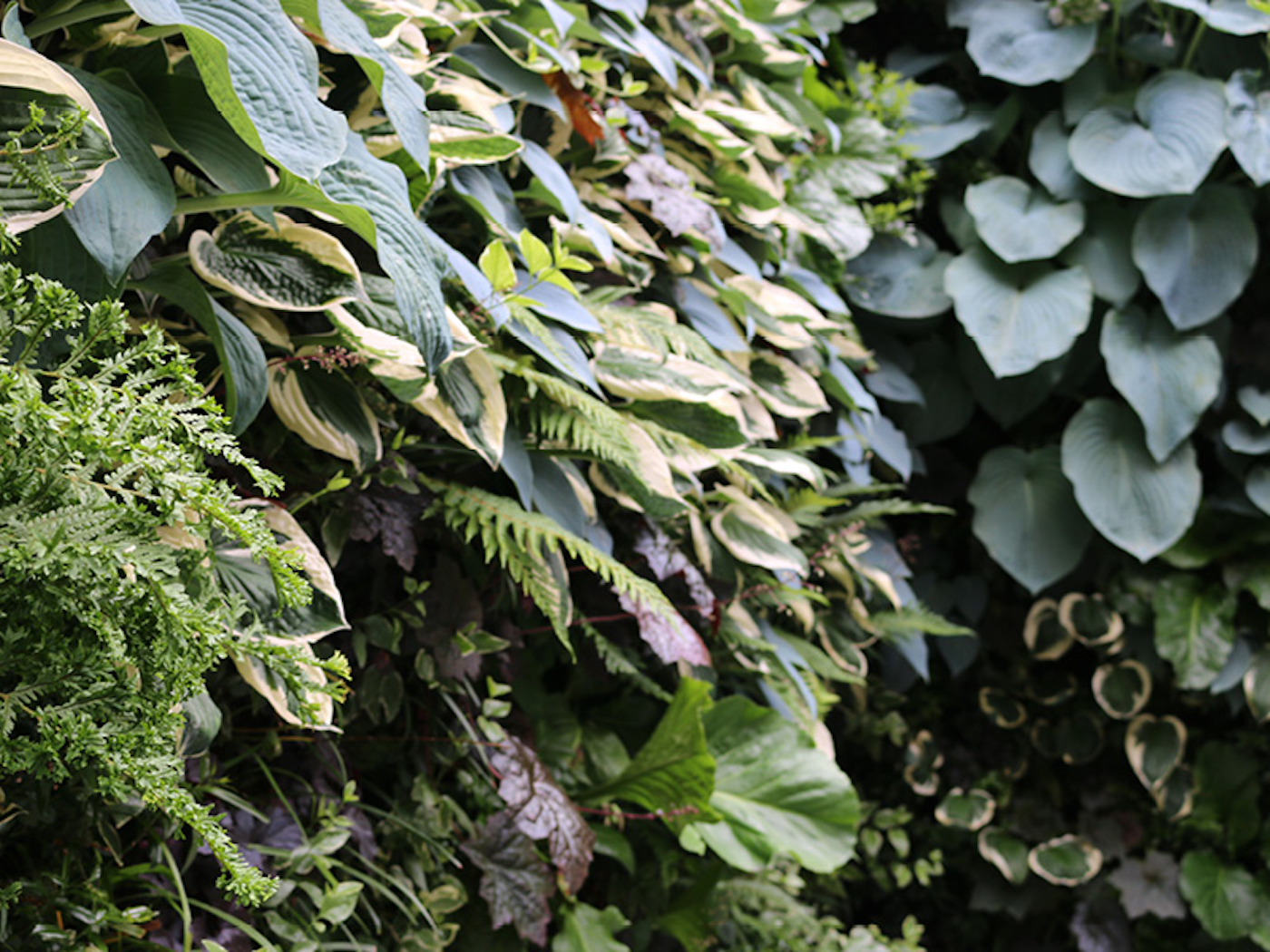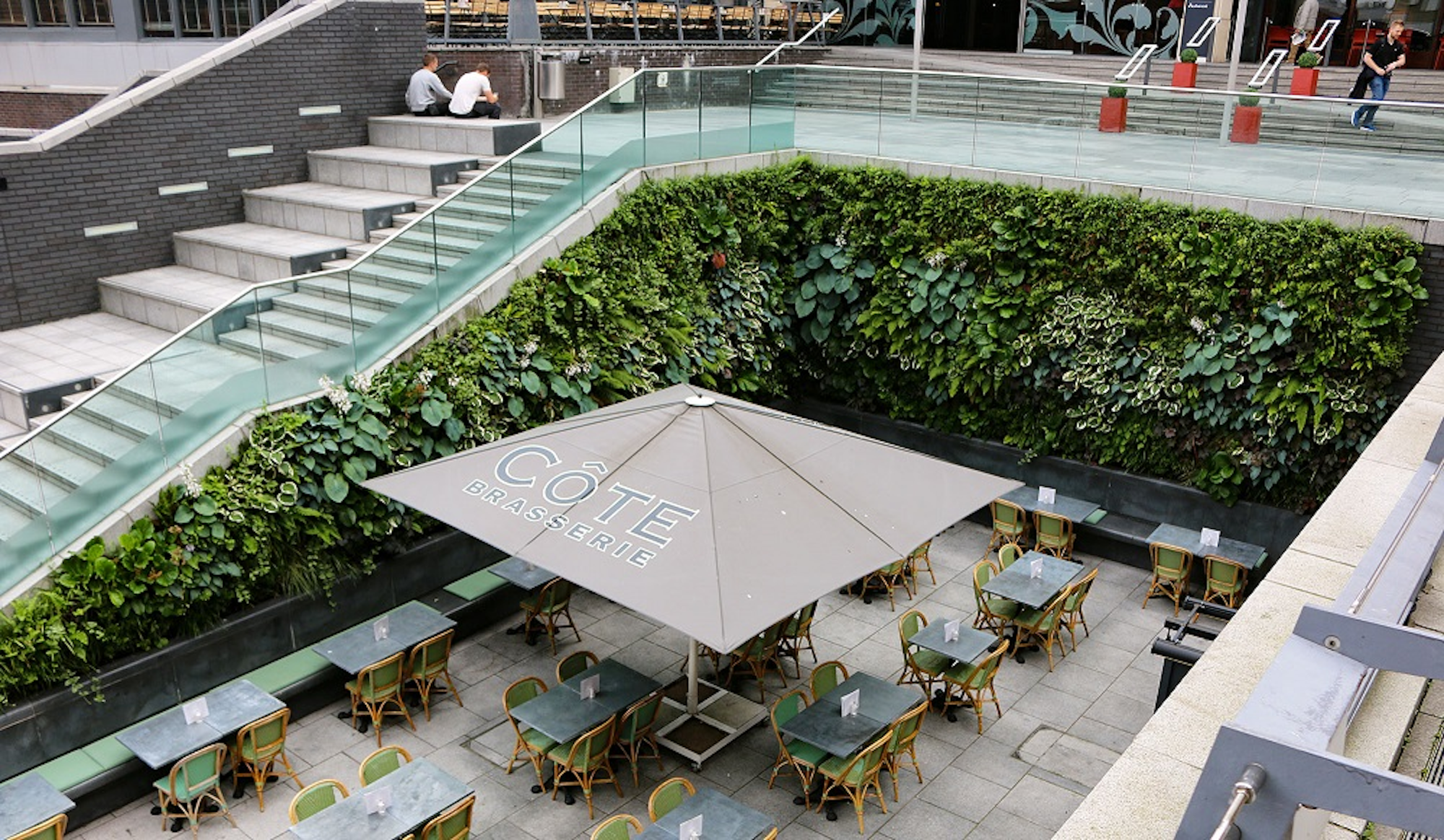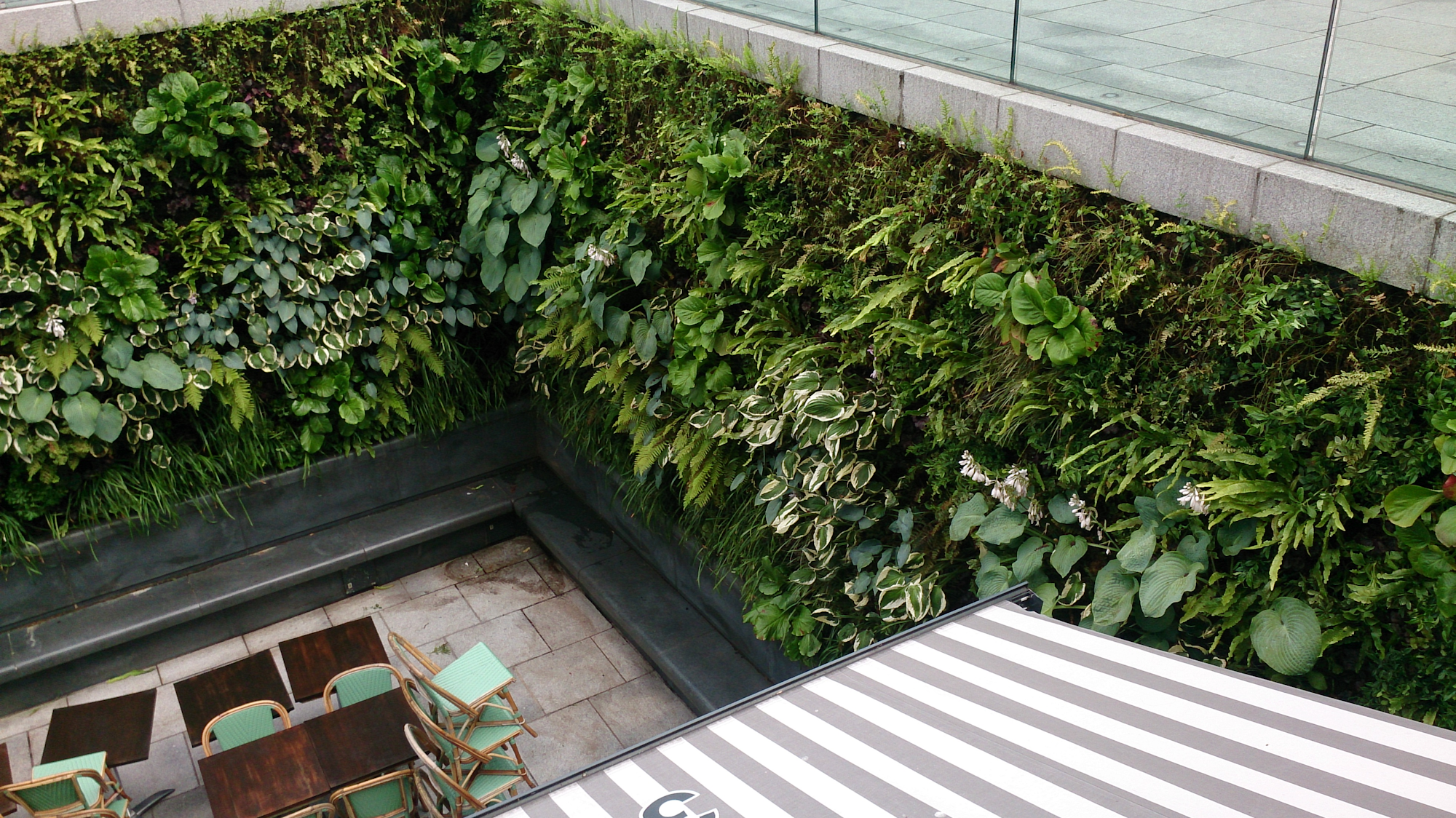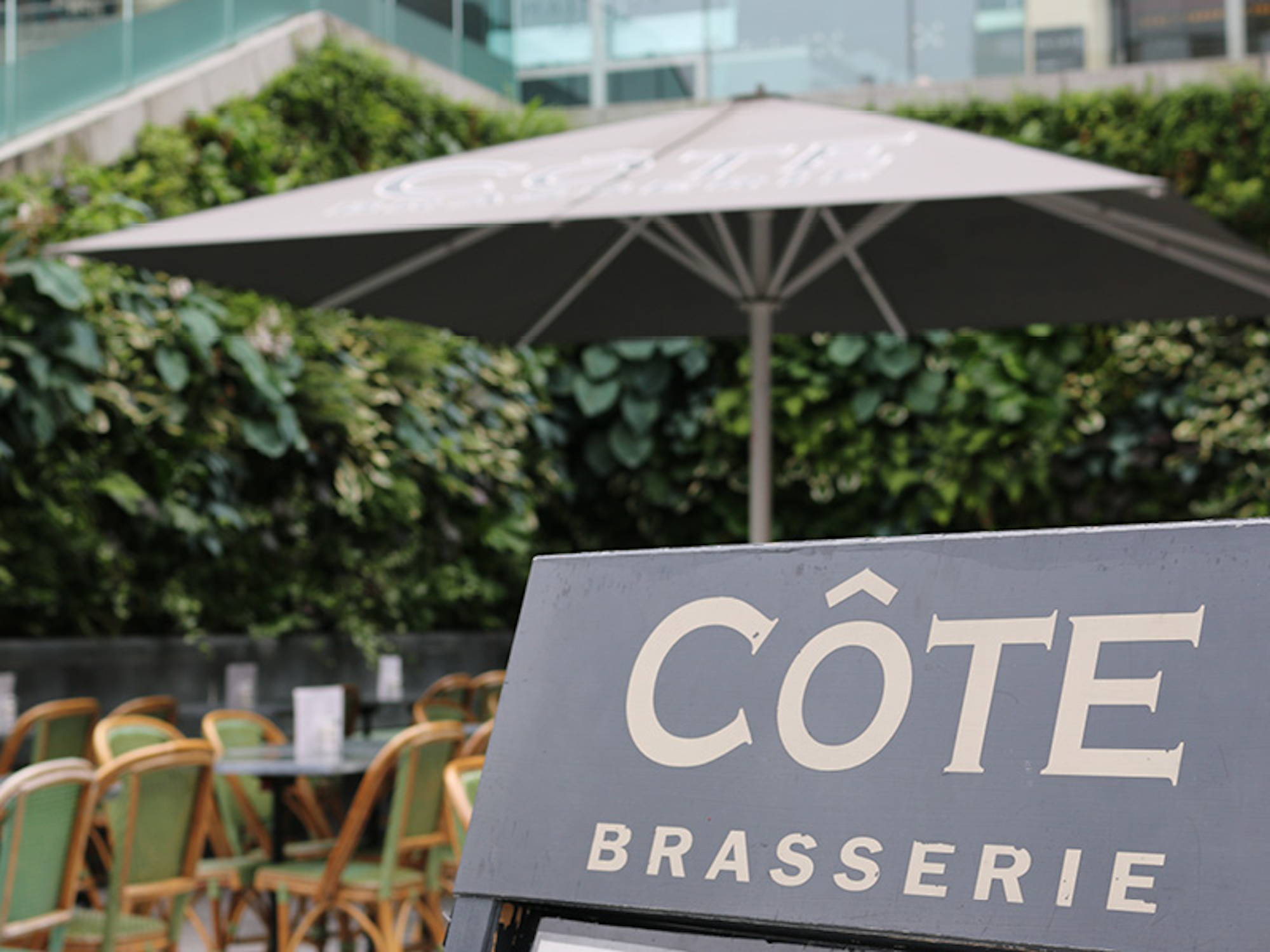Client Background
A living wall can create a relaxing retail environment and add a touch of eco-luxury to hotels, restaurants and other leisure venues. The 60m2 wall of multiple plant species was therefore a great way to complement high-end brands at the Mailbox.
Associated Architects worked closely with the design team at Viritopia to specify the living wall for the Mailbox. The wall couples aesthetics with sustainable and environmental architecture.
Featured Solutions
- Viritopia Living Wall System (Exterior)
Size: 25m² - 150m²
Project Drivers
Biodiversity
Biophilia
Social Impact
Aesthetics
